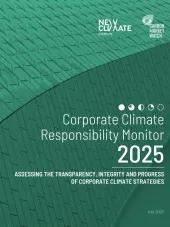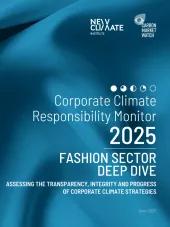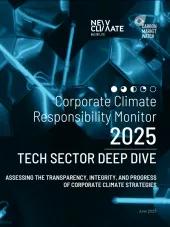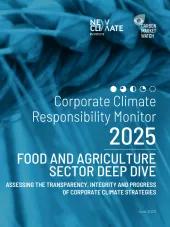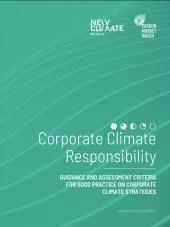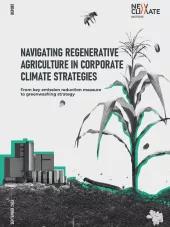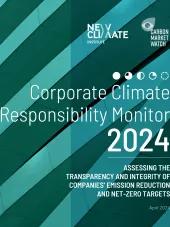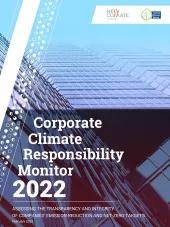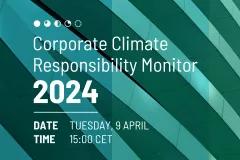Limiting global warming to 1.5 °C or well below 2 °C requires deep and sustained reductions in greenhouse gas emissions as the primary priority. In addition, carbon dioxide removal (CDR) will be necessary. Only durable forms of CDR that store CO₂ on millennial timescales can effectively neutralise residual fossil fuel emissions.
Key insights include:
-
The durability of CDR matters
Once emitted, CO2 remains in the atmosphere for millennia and continues to have a climate impact during this entire period. This is why only durable CDR, which stores carbon securely for thousands of years can neutralise ongoing and residual emissions from the long carbon cycle, including fossil fuel emissions.
-
Non-durable CDR is an unsuitable approach for neutralising biogenic methane and CO2 emissions
Most companies focus on non-durable CDR (e.g. reforestation), in their climate strategies, but measuring the impact of these activities in GHG terms is highly limited. Problems include unreliable tracking and reporting, limited land and risks to ecosystem health. Moreover, the concept of reforestation in one area to offset deforestation elsewhere overlooks the local biodiversity and ecosystem services that communities depend on.
-
Private sector participation in durable CDR remains limited.
Durable CDR uptake is small and mostly driven by a few big tech players. Microsoft alone is responsible for over two-thirds of all durable CDR ever contracted. To achieve global net-zero emissions, capacity and demand for durable CDR would need to increase by a factor of 1,000 by 2050.
-
Some companies are using durable CDR instead of reducing their emissions.
Companies use durable CDR to meet their net-zero targets, alongside non-durable CDR, even when deeper reductions are feasible without relying on CDR. For instance, tech companies have the potential to reduce their emissions to near zero, but their net-zero targets often lack deep emission reduction commitments. Instead, these companies appear to rely on accounting methods and CDR to meet their net-zero goals. This is not credible and undermines efforts to reach global net-zero emissions.
-
The social and environmental impacts of durable CDR projects that companies support remain unclear.
All durable CDR technologies have risks and constraints, such as high water and clean energy requirements, loss of biodiversity, and competition with food production. However, none of the 35 companies assessed in this report provides sufficient information to assess the environmental and social integrity of the CDR projects they support.
-
CDR should be treated as a public good
Given the social and environmental trade-offs and the limited sustainable potential of durable CDR, it should be treated as a public good. Durable CDR should be reserved for neutralising residual emissions in the hardest to decarbonise sectors, rather than as a fix-all remedy for ongoing emissions.
-
Governments must urgently boost and regulate CDR
Governments are best placed to advance the development and scale-up of durable CDR, through measures such as procurement obligations, removal trading schemes or taxation. However, such policies remain largely absent in most jurisdictions.
-
Voluntary standards should require companies to set separate CDR targets
Meanwhile, voluntary standards and initiatives like the Science-Based Targets initiative (SBTi) and the International Organization for Standardization (ISO) can encourage corporate investments in durable CDR in the near term by offering clear guidance and establishing requirements for supporting durable CDR. These voluntary frameworks can act as an important blueprint for future legislation, ensuring that corporate support aligns with social and environmental safeguards and effectively contributes to global net-zero objectives.
Main recommendations to voluntary standards:
- Ask companies to set separate targets for GHG emission reductions and support for durable CDR. These targets should not be merged into a net-zero target.
- Ask companies to set monetary targets for durable CDR in the short and medium term to help finance its scale-up.
- Provide a clear definition of what durable CDR is and establish social and environmental guardrails.
This report is a special edition of the Corporate Climate Responsibility Monitor (CCRM). Read more about the project here.




